Despite the complexities of a server-client relationship, there can always be more cogs to add to the workings, especially when browsing the web.
This is evident when you consider what a browser can integrate into the process. Add-ons are a common element of most browsers, but if you see the “Requests to the Server Have Been Blocked by an Extension” error, you’ll know that one of those extra cogs has slipped its gears.
While extensions are fantastic for personalizing a browser, the wrong ones can bring your browsing to a screeching halt.
The good news is that you can fix the error without much effort. In this article, we’ll show you how to resolve the “Requests to the Server Have Been Blocked by an Extension” error and get back to browsing.
The first step is to understand what causes the error to begin with.
Check Out Our Video Guide to Fixing the “Requests to the Server Have Been Blocked by an Extension” Error
What Causes the “Requests to the Server Have Been Blocked by an Extension” Error Message?
If you take the error message at face value, there’s a lot to dissect. First off, a “request to the server” means that the issue stems from the client-side – the browser. That these requests are blocked tells you that we can stick to the confines of your computer for this error, which is good news.
The error itself even tells you where to look first: “an extension”:

As such, you have everything you need to know already. In simple terms, the browser can’t show a web page because of an active browser extension you’ve installed.
However, there is one additional aspect here that the error doesn’t tell you about.
The “Requests to the Server Have Been Blocked by an Extension” message is only for Chromium-based browsers. This means that Chrome, Chromium, Brave, Opera, Microsoft Edge, and other browsers could see this. In contrast, Safari, Firefox, and other, non-Chromium browsers don’t present this error.
The number one reason the “Requests to the Server Have Been Blocked by an Extension” message occurs is ad blockers. This is because of the way certain extensions restrict code on a site.
An ad blocker will cross-check every URL request from the browser against a blocklist, then use the results to restrict matches. Several kinds of extensions can also cause the “Requests to the Server Have Been Blocked by an Extension” error, such as password managers (though ad blockers remain the primary culprit).
We’ll talk more about ad blockers later. First, we should double-check that an extension is indeed the cause of this error, and not something else.
How To Check Whether a Browser Extension Is the Cause Of an Error
It’s always a good idea to make sure that the cause of an error is correct. In some cases, a system can deliver a false positive, so you should carry out a quick check.
The best way to do this for the “Requests to the Server Have Been Blocked by an Extension” error is to open a private browser window. Because each browser is based on Chromium, the methods are the same in a broad sense. You’ll access a private window through the right-hand menu option in-browser.
However, you might see different terms for the window depending on your browser. For example, Chrome calls it an “Incognito” window.
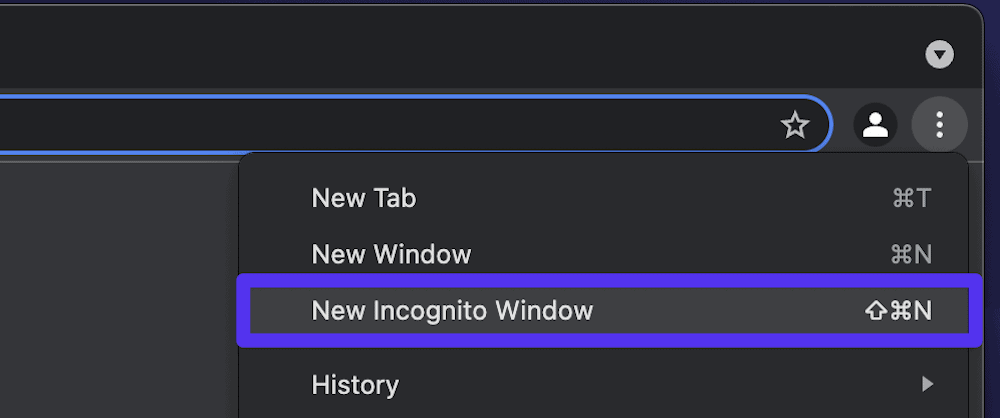
Microsoft Edge calls it an “InPrivate window.”
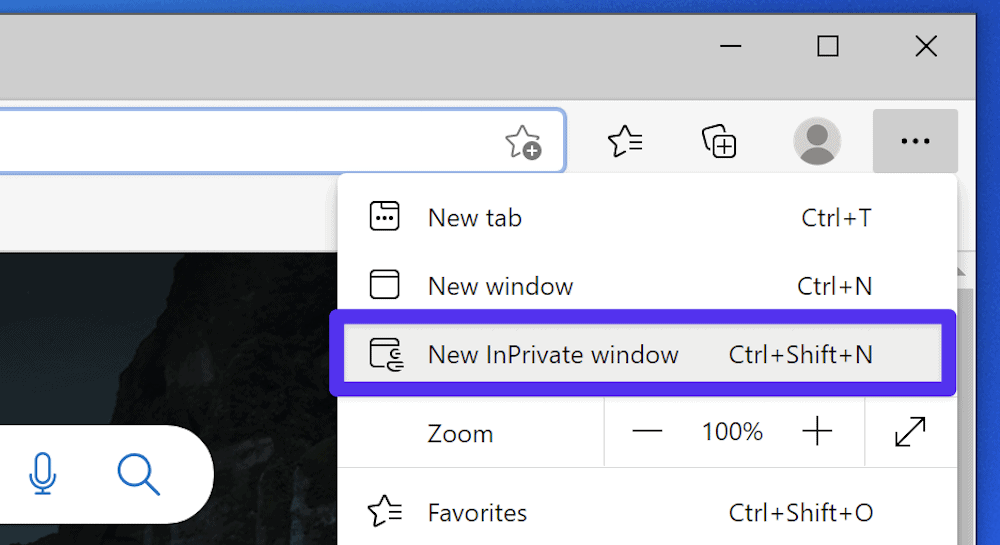
The Brave browser has two different private window options: either a standard one or a window using Tor for extra privacy.
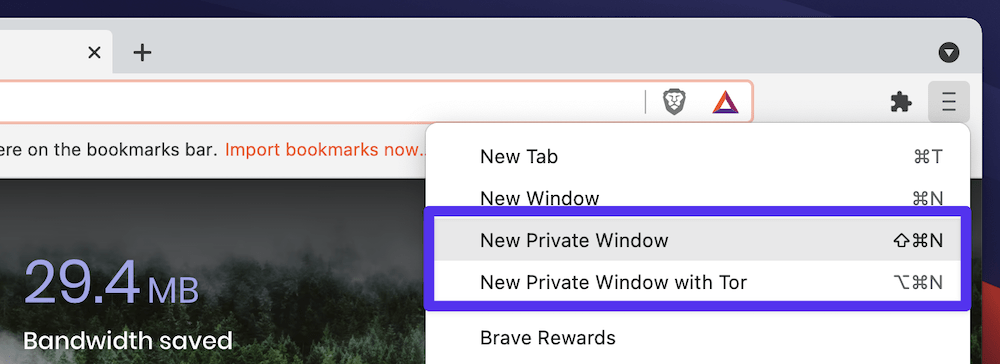
Choose the non-Tor private window, and browse to the site you’re having trouble with. If the error goes away, you’ll know an extension is the cause of the error.
As an aside, if you still see the error after using a private window, you may want to consider testing the issue in a different browser, on a different computer, and on lots of other websites. It could be that there’s an issue on the server’s end.
How To Fix the “Requests to the Server Have Been Blocked by an Extension” Error
Given the nature of the “Requests to the Server Have Been Blocked by an Extension” error, there’s only one path to follow: You’ll need to disable your extensions and re-check the website after each one to see which one is causing the message to appear.
We’re going to use Brave to illustrate this portion of the article, but the process will be very similar in other browsers.
To start, you’ll want to turn off your extensions. You can enter the Extensions panel through either of two links on the right-hand side of the browser screen.

If you choose the toolbar icon, this will show you a dropdown of your current extensions list. At the bottom, click the Manage Extensions link to get to the main management page.
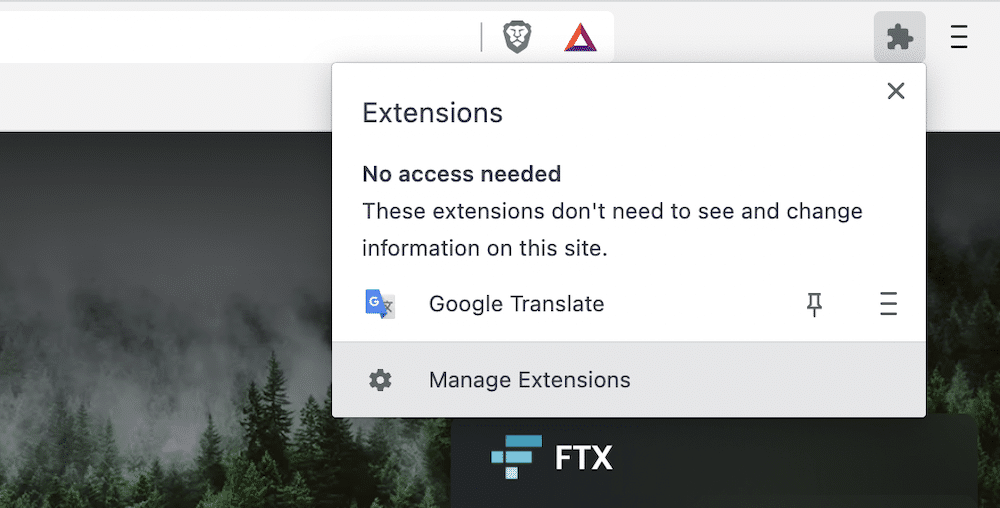
Once you’re on this page, you can toggle each extension off using the red switch.
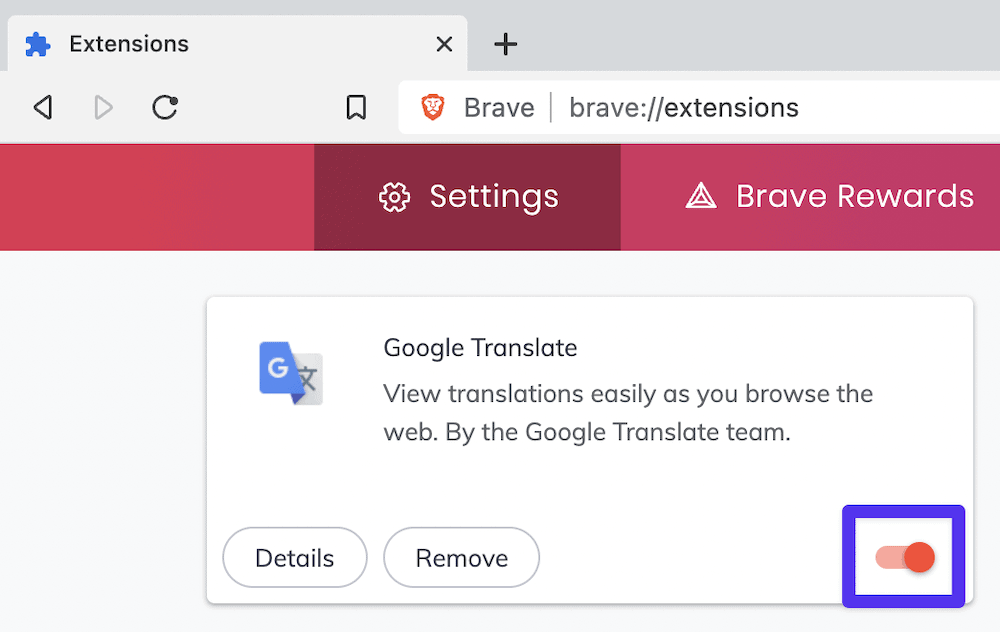
Once you have a list of disabled extensions, you can begin to test them out. The process here is to toggle each one on an individual basis, then refresh the site to see if the “Requests to the Server Have Been Blocked by an Extension” message has vanished.
Our advice is to start with ad blockers and password managers. This is for a couple of reasons:
- Ad blockers are the primary cause of this error message.
- Password managers are also known to throw this error, especially if they let you auto-fill and -populate login fields.
Regardless, once you find the offending extension, you’ll want to make a decision on how to proceed.
What To Do With Your Rogue Extension
First, you can go ahead and re-enable all of your other extensions, safe in the knowledge that you’ve identified the problematic one.
Next, you’ll want to consider the extension causing the issue. For now, keep this disabled and ask yourself the following questions:
- Do I need this type of extension for my browser?
- If so, is there anything I can do to resolve the issues this extension causes?
- Is there an alternative extension I can use to achieve the same functionality?
It could be that you can change the settings for your extension, such as safelisting a particular site or network. It pays to visit the developer website and look for documentation.
There may also be a known issue with the extension itself. For this, you’ll want to again take a look at the developer’s website for a hint. Reaching out to the developer can also be a good idea if the extension is vital to your workflow. Ask whether there’s a fix for the issue you have and whether a patch is available.
Bonus: How To Reset Your Browser and Create a Fresh Profile
One extra option is to set up a new profile for your browser, as this will sometimes fix the “Requests to the Server Have Been Blocked by an Extension” error when nothing else has worked.
There isn’t a multiple-profile setup for Brave, but you can reset your settings, which should achieve the same results.
To do this, head to the Settings page in the browser, scroll down the page, then choose the Additional settings option.

At the bottom of this section should be a way to reset your browser. It will have different options depending on your operating system (OS).

This is a little different from carrying out a cache clear, so be warned that you may lose your settings as a result.
To create a new profile in other Chromium-based browsers, click the avatar icon in the toolbar, then choose the Add option at the bottom.
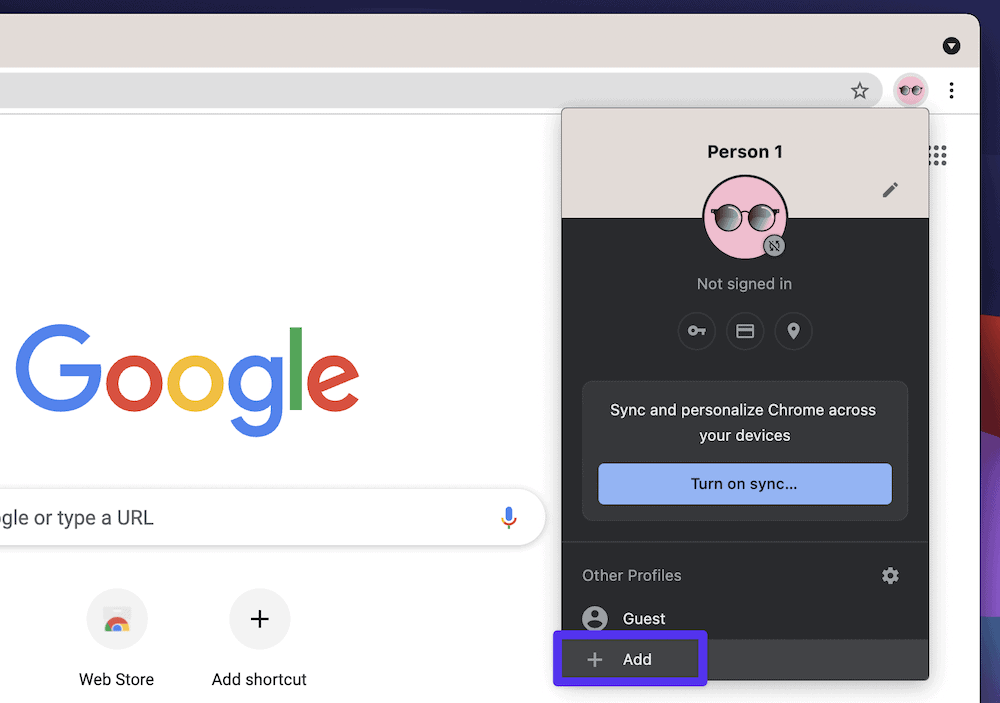
This will pop up a dialog box, where you’ll give the profile a name and choose a color scheme.
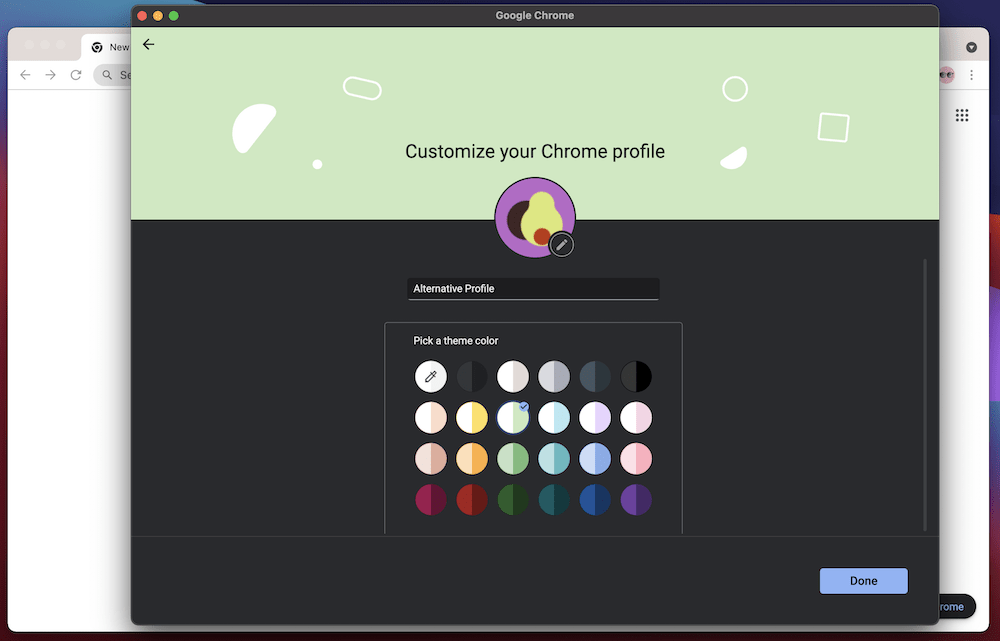
Once you click Done, a new window will open that’s set to your new profile. From here, test out whether you still see the “Requests to the Server Have Been Blocked by an Extension” error on the site.
Summary
The path between your browser and a server isn’t as straight and narrow as you might think.
There are lots of “checkpoints” along the way, and if any one of these fails, it could cause an error. This is especially the case if you use browser extensions, as more moving parts mean a greater chance of breakages.
However, when it comes to the “Requests to the Server Have Been Blocked by an Extension” error, there’s one obvious place to look: your browser extensions.
Your ad blocker is the most likely cause of this issue, and you’ll want to disable it to test the theory. Although finding a new ad blocker (or optimizing your current one) is going to be the optimal way to resolve the issue, you might also want to clear your cache and set up a new profile.
If you have server-side issues as a Kinsta customer, don’t sweat! We have the expertise to help you. Our support team of WordPress developers works around the clock to make sure your Kinsta account is safe, secure, and simple to use.


